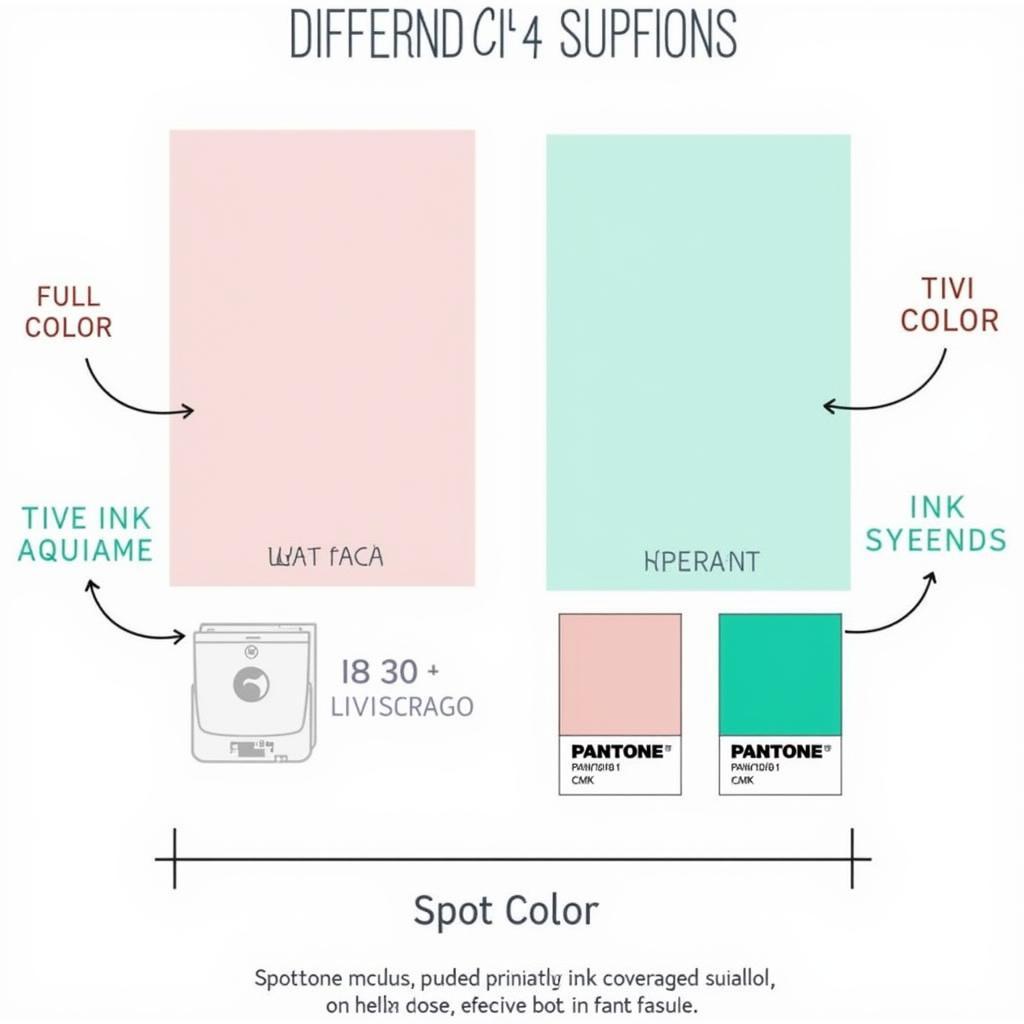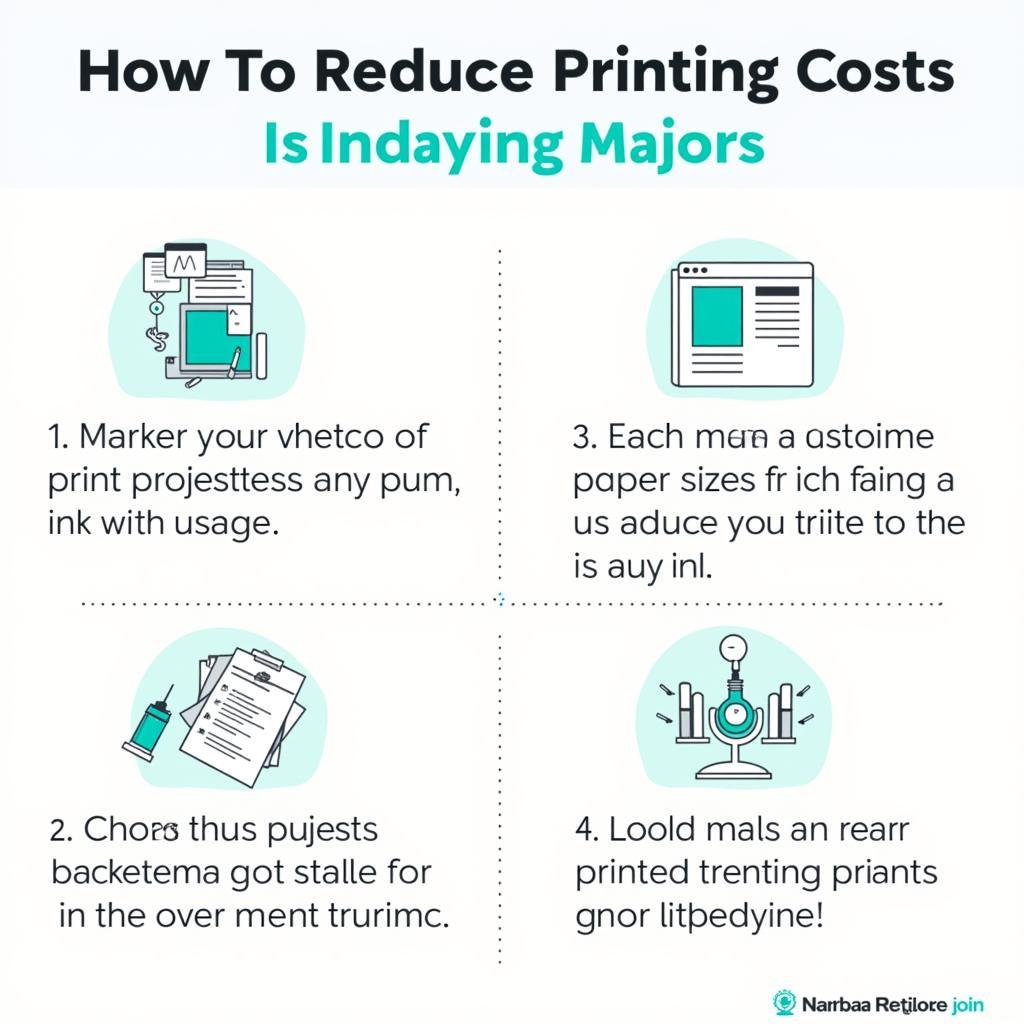When it comes to making a statement, color is key. Whether you’re printing marketing materials, educational resources, or personal projects, vibrant colors can capture attention, convey emotions, and enhance the overall impact. But before you dive into a world of colorful possibilities, it’s essential to understand the costs involved. So, how much is colored printing?
The answer, like a spectrum of colors itself, is multifaceted. It depends on various factors, from the type of printing process and paper stock to the quantity and complexity of your project. This comprehensive guide will delve into the intricacies of colored printing pricing, providing you with the knowledge to make informed decisions and achieve stunning results without breaking the bank.
Factors Influencing Colored Printing Costs
1. Printing Process:
-
Inkjet Printing: Ideal for low-volume printing, inkjet printers use tiny nozzles to spray ink onto the paper. While generally more cost-effective for small batches, the cost per page can increase with higher ink coverage.
-
Laser Printing: Utilizing toner instead of ink, laser printers excel in speed and precision, making them suitable for high-volume printing. Color laser printing can be more economical for large print runs, especially those with less intricate designs.
-
Offset Printing: This traditional method involves transferring ink from plates to rubber blankets, then onto the paper. Offset printing is the most cost-effective option for large quantities, as the initial setup cost is spread over a larger print run. However, it may not be as economical for smaller projects.
 Comparing Printing Processes
Comparing Printing Processes
2. Paper Stock:
-
Type: From glossy to matte, textured to cardstock, the paper you choose significantly impacts the final look and feel of your printed piece. Specialty papers, while offering unique aesthetic qualities, often come at a premium price compared to standard options.
-
Weight and Thickness: Measured in pounds or grams per square meter (gsm), paper weight influences the durability and opacity of your printouts. Thicker papers, while more robust, generally cost more.
-
Size: Standard paper sizes, like A4 or letter, are typically more readily available and affordable than custom sizes, which may require specialized cutting and result in higher costs.
3. Ink Coverage:
-
Full-Color Printing (CMYK): This process combines cyan, magenta, yellow, and black inks to create a wide spectrum of colors. The greater the ink coverage, the higher the printing cost.
-
Spot Color Printing (Pantone): Using pre-mixed inks, spot color printing ensures precise color matching, crucial for branding and design consistency. While offering unparalleled accuracy, spot color printing can increase costs, especially when using multiple colors.
 Understanding Ink Coverage
Understanding Ink Coverage
4. Quantity:
-
Economies of Scale: Generally, the more you print, the lower the cost per unit. This is because the initial setup costs are distributed over a larger number of prints.
-
Minimum Order Quantities: Some printing services may have minimum order quantities, particularly for specific printing processes like offset printing. Be sure to inquire about these limitations when requesting quotes.
5. Finishing Options:
-
Lamination: Adding a protective layer of plastic film, lamination enhances the durability and water resistance of your prints. Glossy lamination adds shine, while matte lamination offers a sophisticated, non-reflective finish.
-
Binding: From saddle stitching to spiral binding, various options are available to assemble multi-page documents. The complexity and type of binding chosen will affect the overall cost.
-
Die-cutting: This process involves creating custom shapes and cutouts, adding a unique touch to your printed materials. However, die-cutting requires specialized equipment and can increase production costs.
Estimating Colored Printing Costs
While providing an exact price for colored printing without specific project details is impossible, understanding the factors outlined above can help you estimate costs and make informed decisions:
-
Online Printing Calculators: Many online printing services offer instant price calculators that allow you to input your project specifications and receive estimated costs.
-
Requesting Quotes: For more complex projects or larger quantities, it’s best to contact printing companies directly for personalized quotes. Be sure to provide detailed information about your printing needs, including paper type, ink coverage, quantity, and finishing options.
Tips for Cost-Effective Colored Printing
-
Optimize Ink Usage: Design with ink efficiency in mind by using lighter background colors and minimizing large areas of solid color. Consider using gradients or patterns to create visual interest while reducing ink consumption.
-
Choose Standard Paper Sizes: Opting for standard paper sizes can save on costs as they are more readily available and require less specialized cutting.
-
Consolidate Printing Projects: If possible, combine multiple printing projects into a single order to take advantage of bulk discounts and minimize setup costs.
 Saving Money on Colored Printing
Saving Money on Colored Printing
Conclusion
Understanding the factors influencing colored printing costs empowers you to make informed decisions that balance your budgetary constraints with your creative vision. By carefully considering the printing process, paper stock, ink coverage, quantity, and finishing options, you can achieve stunning and impactful prints without breaking the bank.
FAQ
1. What is the cheapest way to print in color?
For small quantities, inkjet printers often provide the most economical option. However, for large print runs, offset printing typically offers the lowest cost per unit.
2. How can I reduce the cost of color printing without sacrificing quality?
Optimize ink usage by using lighter background colors and minimizing large areas of solid ink coverage. Choose standard paper sizes and consider consolidating multiple printing projects into a single order.
3. What is the difference between CMYK and Pantone colors, and how do they impact printing costs?
CMYK uses a combination of cyan, magenta, yellow, and black inks to create a wide spectrum of colors. Pantone colors are pre-mixed inks that offer precise color matching but can increase costs, especially when using multiple colors.
4. What is the best paper for color printing?
The best paper for color printing depends on the specific project and desired aesthetic. Glossy paper enhances vibrancy, while matte paper offers a more subtle and sophisticated look.
5. How do finishing options affect the cost of color printing?
Lamination, binding, and die-cutting add durability, functionality, and visual appeal to your prints but can also increase costs.
Need help with your next printing project?
Contact us today! Our team of color experts and printing specialists is here to guide you through every step of the process, from concept to completion. We’ll work with you to develop a customized printing solution that meets your specific needs and budget.
Call us at: 0373298888
Email us at: [email protected]
Visit us at: 86 Cầu Giấy, Hà Nội
Our dedicated customer support team is available 24/7 to answer your questions and provide expert advice.

